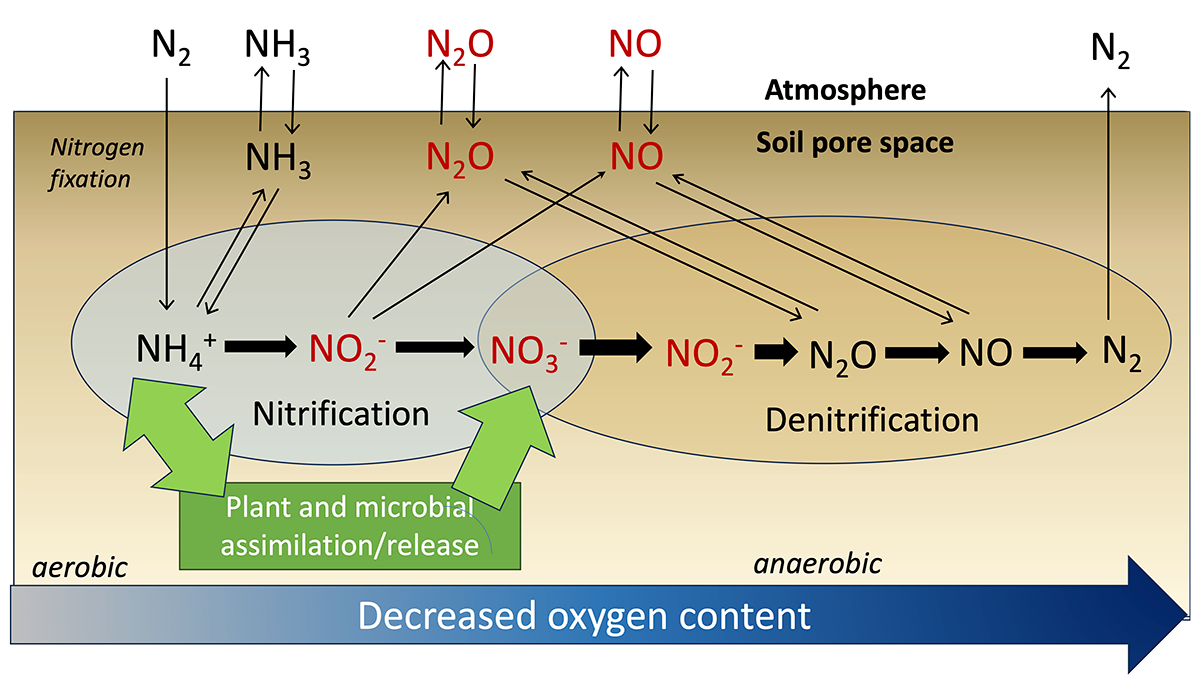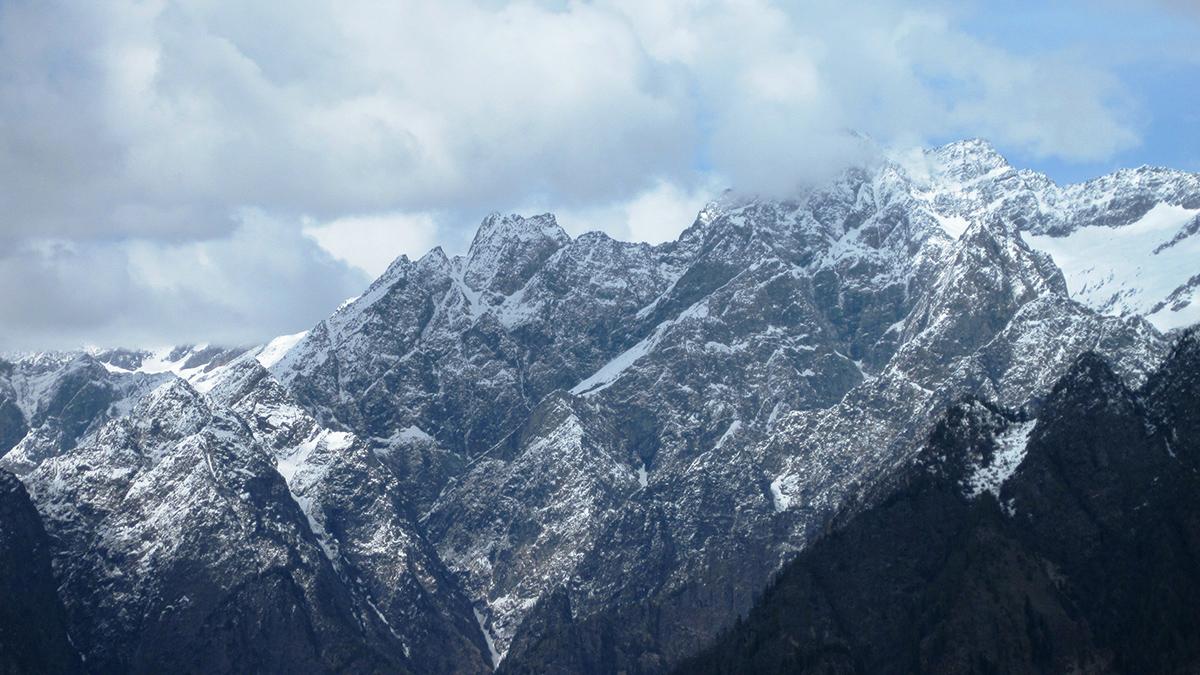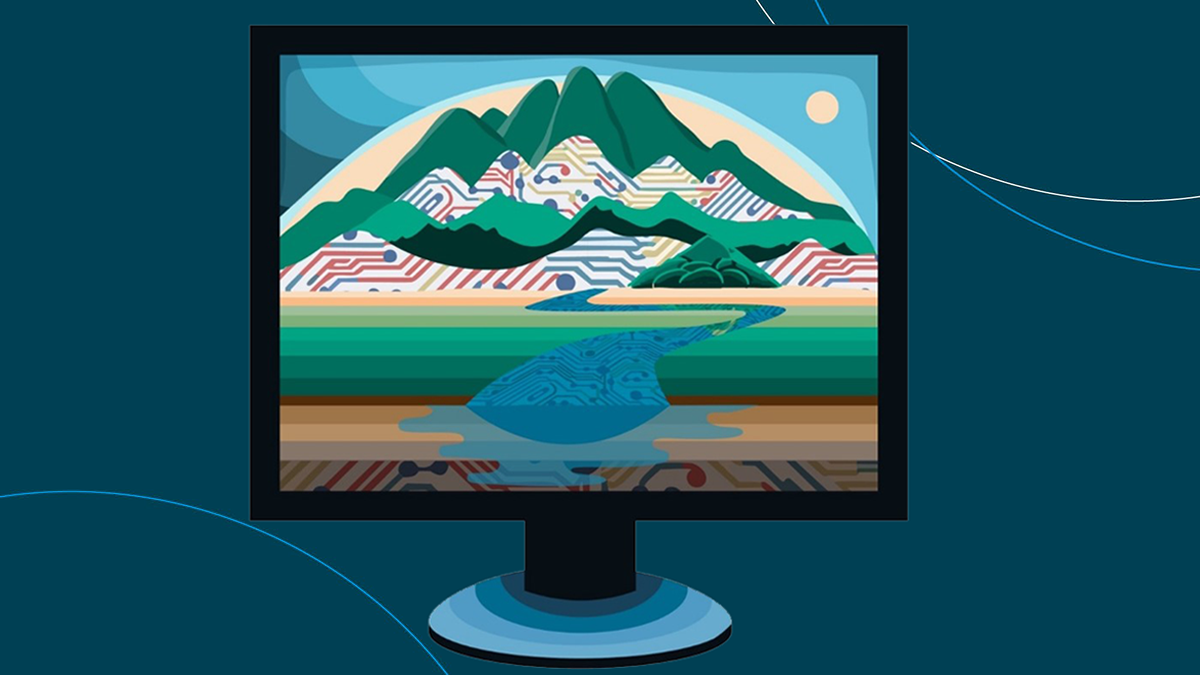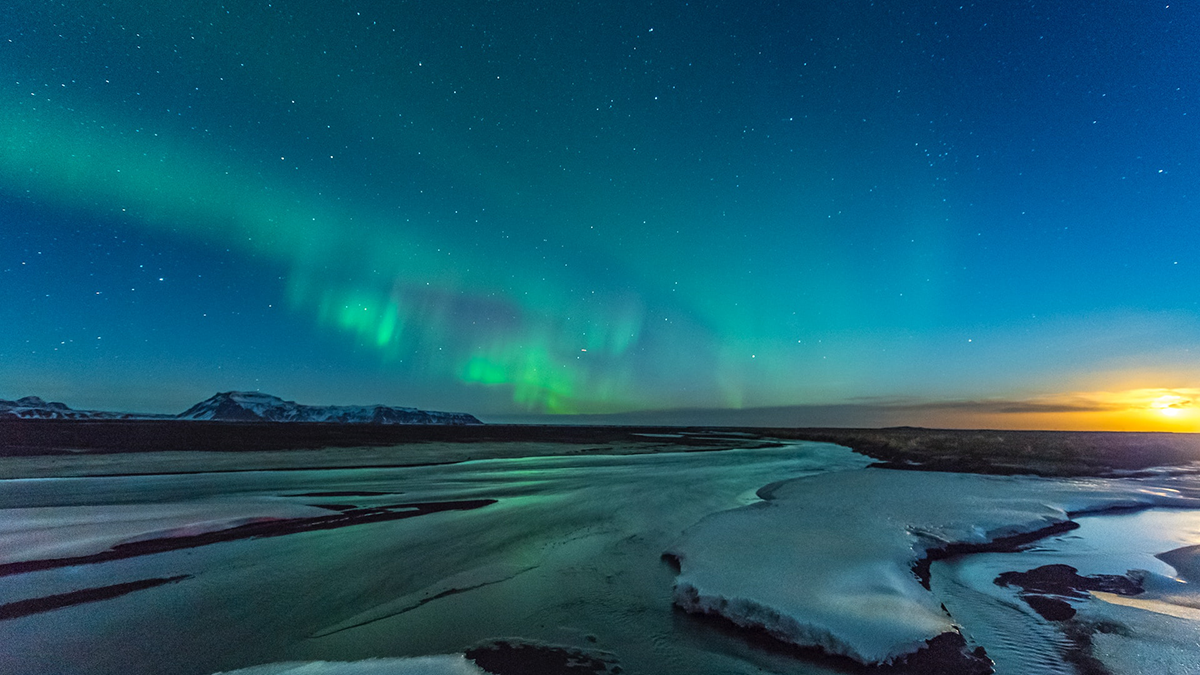Models simulating the nitrogen cycle track its multiple chemical forms but tend to report a subset that can be compared with available field measurements.
Modeling
Carbon Dioxide’s Effect on Mountain Climate Systems
Greenhouse gases are rising in the atmosphere. But how will precipitation patterns change as climate systems rise over mountain chains?
Cumulus Cloud Botany in Large Domains
A new study provides a sample of shallow cumulus clouds simulated in domains 150-kilometers wide, enabling investigations of their structure and organization.
Humans Have Boosted Atmospheric Mercury Concentrations Sevenfold
A new baseline of volcanic contributions to the global mercury cycle reveals how drastically human activities have increased the element’s concentration in the atmosphere.
Advancing AI and Machine Learning Beyond Predictive Capabilities
A new cross-journal special collection invites contributions that unlock the next frontier in hydrology and Earth sciences through artificial intelligence and machine learning.
Foundations in Data Analysis for Undergraduate STEM Students
A new textbook serves as an initial course in scientific data analysis and hypothesis testing designed for students in all science, technology, engineering, and mathematics disciplines.
Patterns of Surface Warming Matter for Climate Sensitivity
Location, location, location. Surface temperature patterns play a fundamental role in Earth’s energy budget.
Dust Is Melting Snow—And Current Models Can’t Keep Up
Mountain snowpack melts quicker when coated in dust. This cyclical problem is forcing water forecasts to evolve.
New Aerosol Model Better Represents Black Carbon Properties
An improved representation for black carbon microphysical and optical properties alleviates overestimations of aerosol absorption efficiency in global climate models.
Rainfall from Tropical Storms Might Be on the Downswing
Two decades’ worth of satellite data suggest that the rainfall rates of tropical cyclones might be decreasing relative to background levels.










